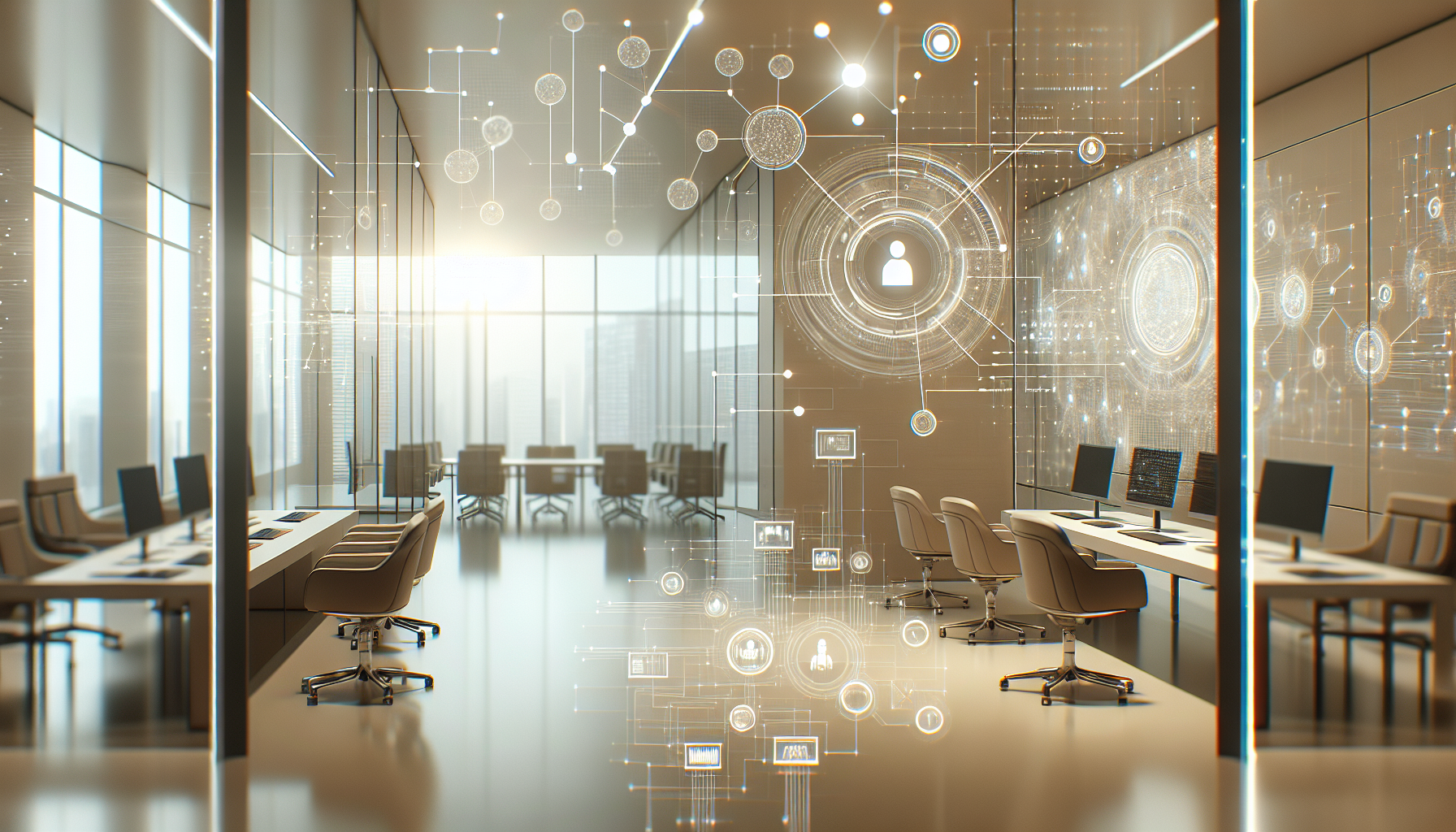
AI and Robotics: Unlocking New Frontiers in Human-Machine Collaboration
November 10, 2025
Artificial Intelligence (AI) and robotics are at the forefront of technological innovation, poised to redefine the boundaries of human-machine interaction. This guide delves into the intricacies of these developments, offering insights into how industries and individuals can harness the potential of AI-robotic collaboration effectively.
Understanding the Interface: AI and Robotics Integration
To appreciate the symbiotic relationship between AI and robotics, it's crucial to comprehend their distinct roles. AI provides the cognitive capabilities—learning, reasoning, and decision-making—while robotics offers the physical embodiment necessary for executing complex tasks. Together, they form a cohesive unit capable of performing tasks with precision and efficiency.
One of the quintessential applications of AI and robotics is in manufacturing, where collaborative robots, or cobots, work alongside humans on assembly lines. Unlike traditional robots, cobots are designed to be inherently safe, equipped with advanced sensors and AI algorithms that allow them to adapt to human presence and actions. This synergy not only enhances productivity but also reduces the risk of workplace accidents.
The Role of Machine Learning and Data Analytics
Machine learning (ML), a subset of AI, plays a pivotal role in enhancing robotics capabilities. By analyzing vast datasets, ML algorithms enable robots to learn from past experiences and improve their performance over time. For instance, in the healthcare sector, surgical robots equipped with AI can analyze previous surgical procedures, learning optimal techniques to enhance precision and patient outcomes.
Data analytics further amplifies this process by offering actionable insights derived from real-time data. In logistics, autonomous robots powered by AI and data analytics can optimize delivery routes, manage inventory more effectively, and predict maintenance needs—significantly reducing operational costs.
Designing Collaborative Systems: Key Considerations
When designing systems that integrate AI and robotics, several technical considerations must be addressed:
1. Interoperability: Ensuring seamless communication between AI software and robotic hardware is critical. Open-source platforms and standard protocols facilitate this integration, allowing for flexible and scalable systems.
2. Safety and Compliance: As robots operate in close proximity to humans, adhering to stringent safety standards is paramount. AI applications must include fail-safe mechanisms and real-time monitoring to prevent malfunctions and ensure compliance with regulatory guidelines.
3. User Interface: The development of intuitive user interfaces is essential for effective human-machine collaboration. Interfaces that provide real-time feedback and allow for easy control and customization of robotic functions can significantly enhance user experience and adoption rates.
Emerging Applications and Innovations
Beyond industrial settings, AI and robotics are making inroads into various sectors, revealing innovative applications:
In agriculture, autonomous drones and robotic harvesters equipped with AI are revolutionizing crop management. These systems can analyze soil conditions, monitor crop health, and optimize resource use, leading to sustainable farming practices.
In urban environments, AI-driven robots are being deployed for tasks ranging from waste management to infrastructure inspection. By automating routine maintenance, these robots can help cities become more efficient and environmentally friendly.
The ethical dimension of AI and robotics cannot be overlooked. As these technologies become more integrated into daily life, questions surrounding privacy, employment, and ethical decision-making in autonomous systems demand careful consideration. Establishing robust frameworks that balance innovation with societal impact will be essential.
Looking Ahead: The Future of Human-Machine Collaboration
The journey toward seamless human-machine collaboration is ongoing, driven by advances in AI and robotics. As these technologies continue to evolve, they will undoubtedly unlock new possibilities across industries and disciplines. The challenge lies in ensuring that this evolution is guided by principles that prioritize human welfare and ethical standards.
What lies beyond the horizon for AI and robotics? Will they redefine the concept of work, or perhaps alter our understanding of creativity and intelligence? As we navigate this transformative era, the potential for AI and robotics to enhance human capabilities is vast—limited only by our imagination and commitment to ethical innovation.


